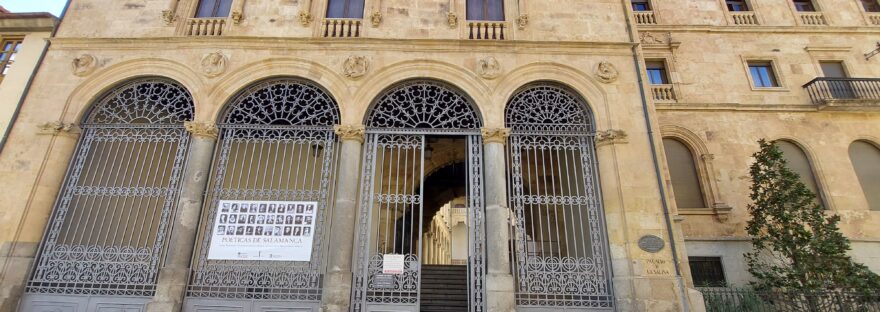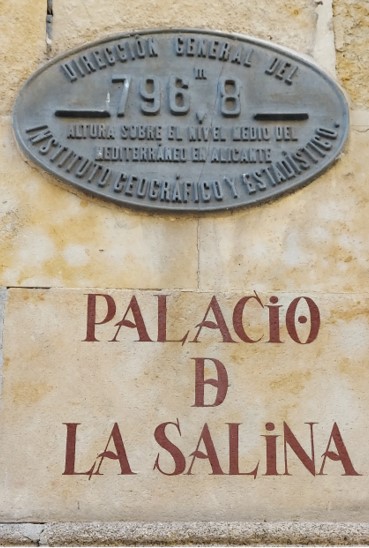 When visiting the Spanish city of Salamanca, a visit to the Palacio de la Salina is a must. Although only the courtyard is open to the public and can be visited, it is worth it.
When visiting the Spanish city of Salamanca, a visit to the Palacio de la Salina is a must. Although only the courtyard is open to the public and can be visited, it is worth it.
The elegant Plateresque style with Italian elements and large arcades decorated with medallions, the Salina Palace of Salamanca was built as a stately mansion. It was built in 1538, and its architect was Rodrigo Gil de Hontañón.
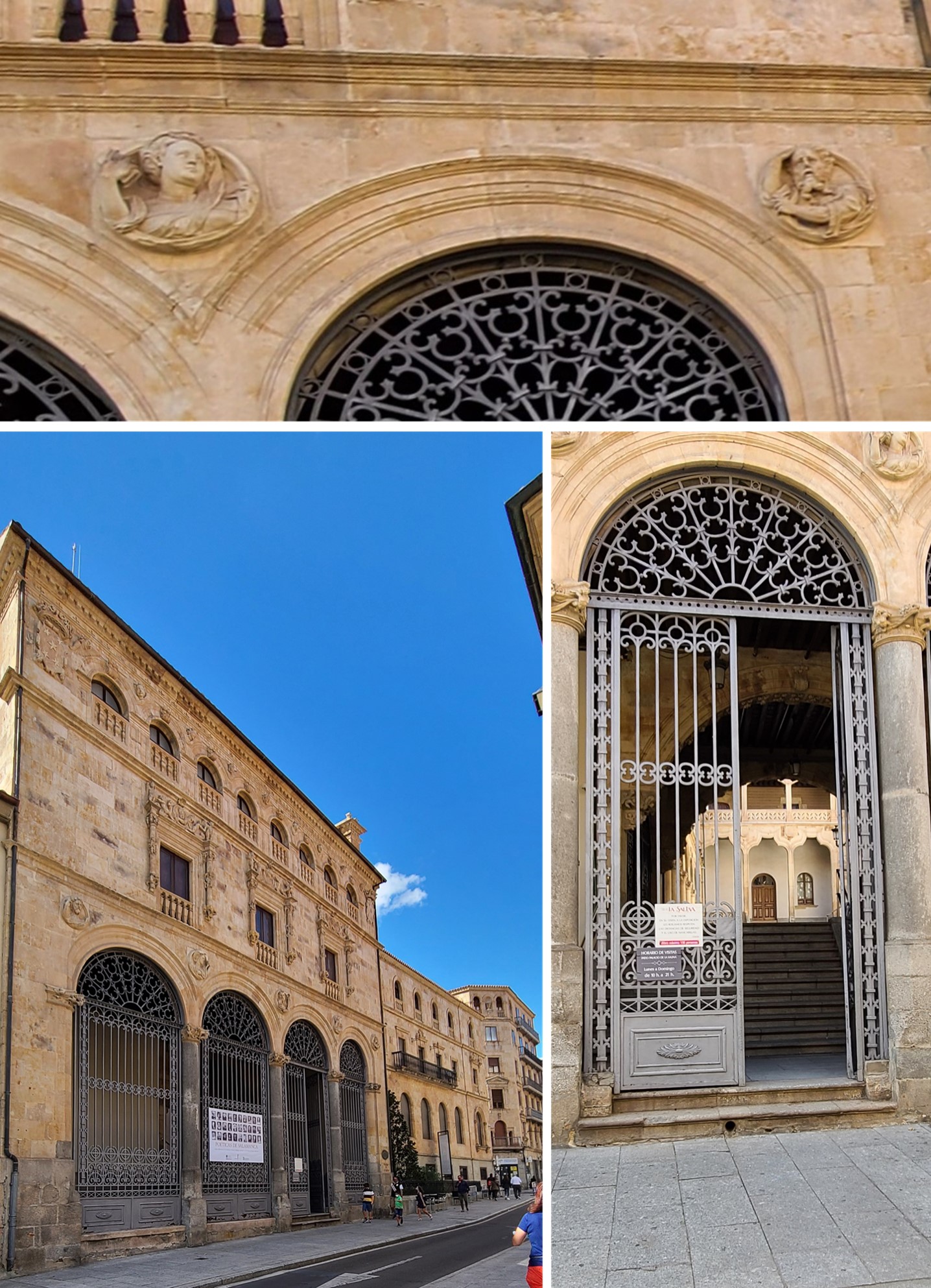
In addition to being a palace, until 1870 it was used as a salt warehouse, hence its name. Its design, open to the street, shows that it is a building built and meant from the beginning to be for public use and not intended as a residence.
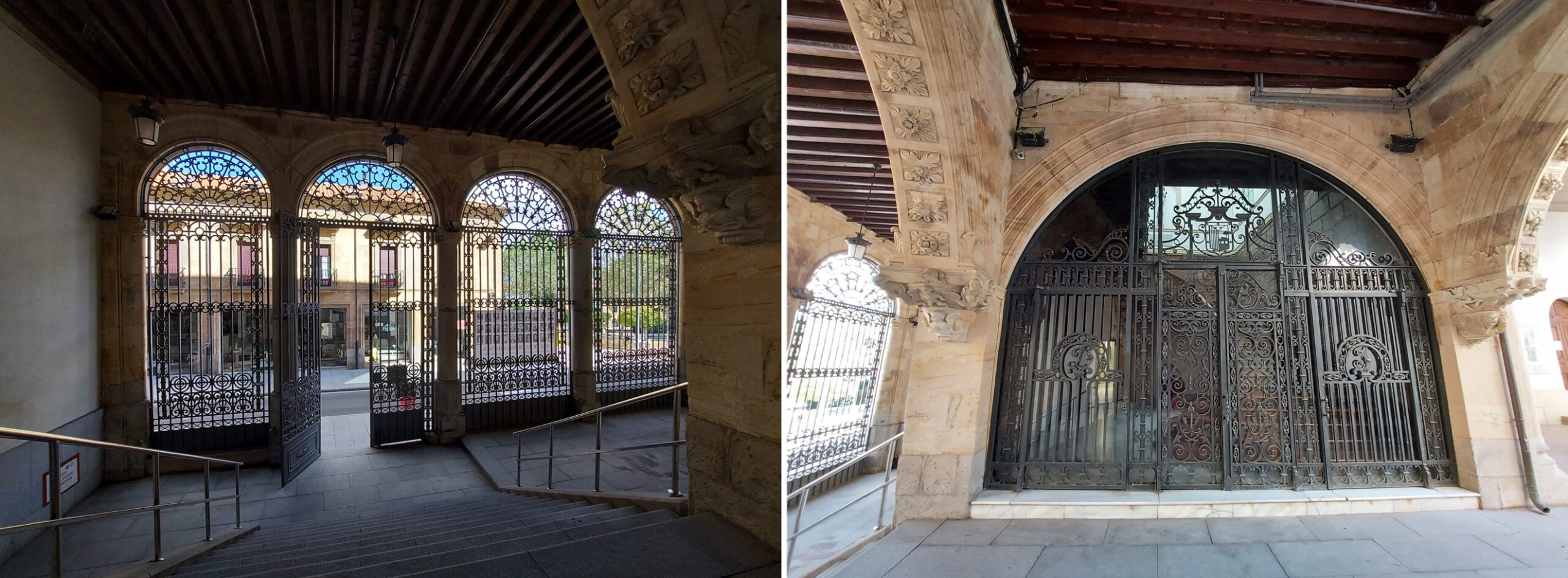
The “Palacio de la Salina” was ordered to be built by Don Rodrigo de Messía, who was married to Doña Mayor de Fonseca y Toledo, known as the Lords of La Guardia. Although most of the properties of the marriage were inherited by the first-born son, Doña Mayor wanted to bequeath to her second son, Juan Alonso de Fonseca, this palace, among other goods contributed by her to the marriage. For this reason, it is very possible that the son adopted the surname of his mother’s family. It is for this reason that the Fonseca coat of arms appears on the façade and the palace is also known as “Palacio de Fonseca”.
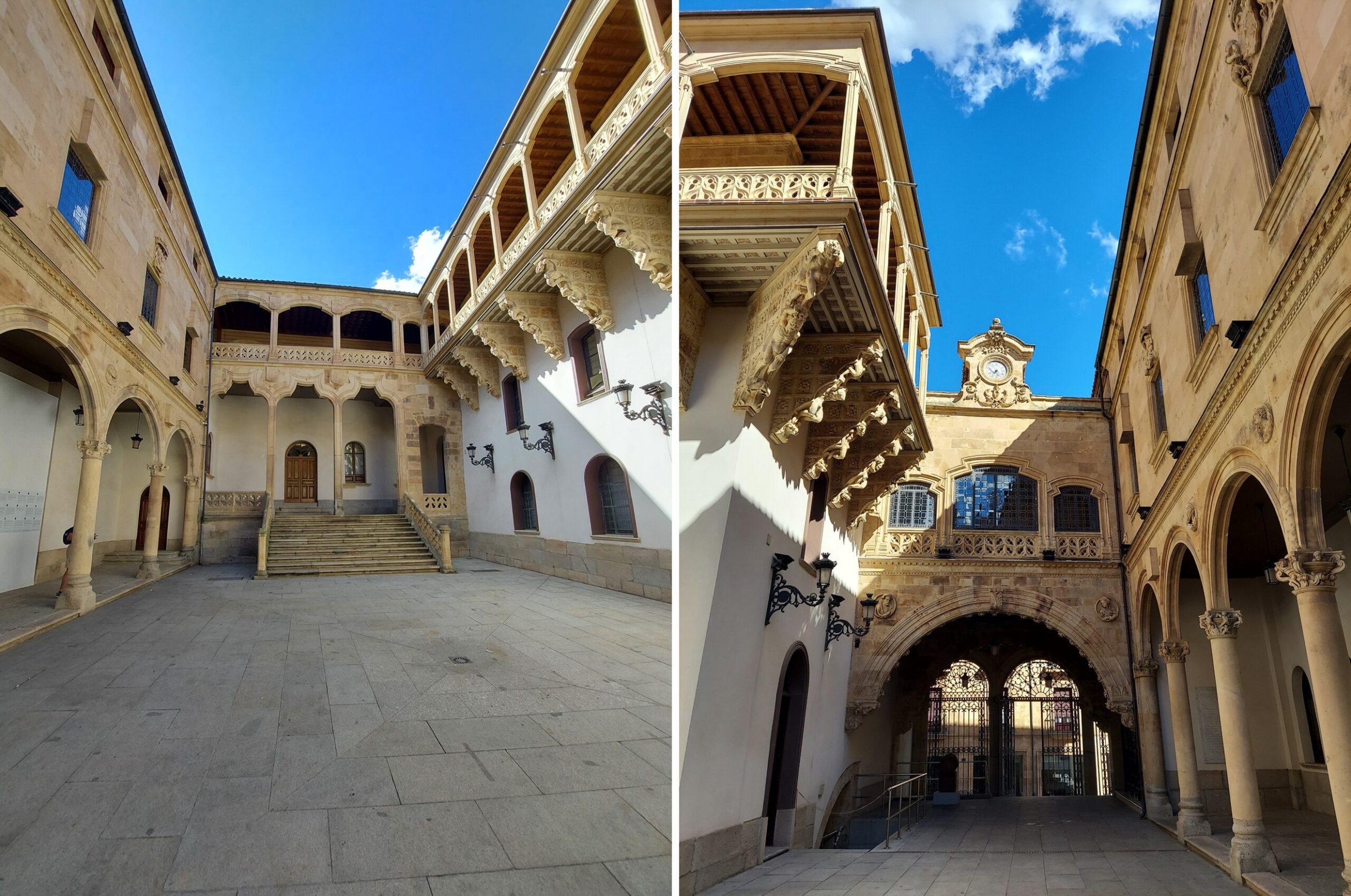
The courtyard is a wooden gallery with corbels that support the arches decorated with sculptures of tormented human figures, writhing with a dramatic and anguished expression on their faces.
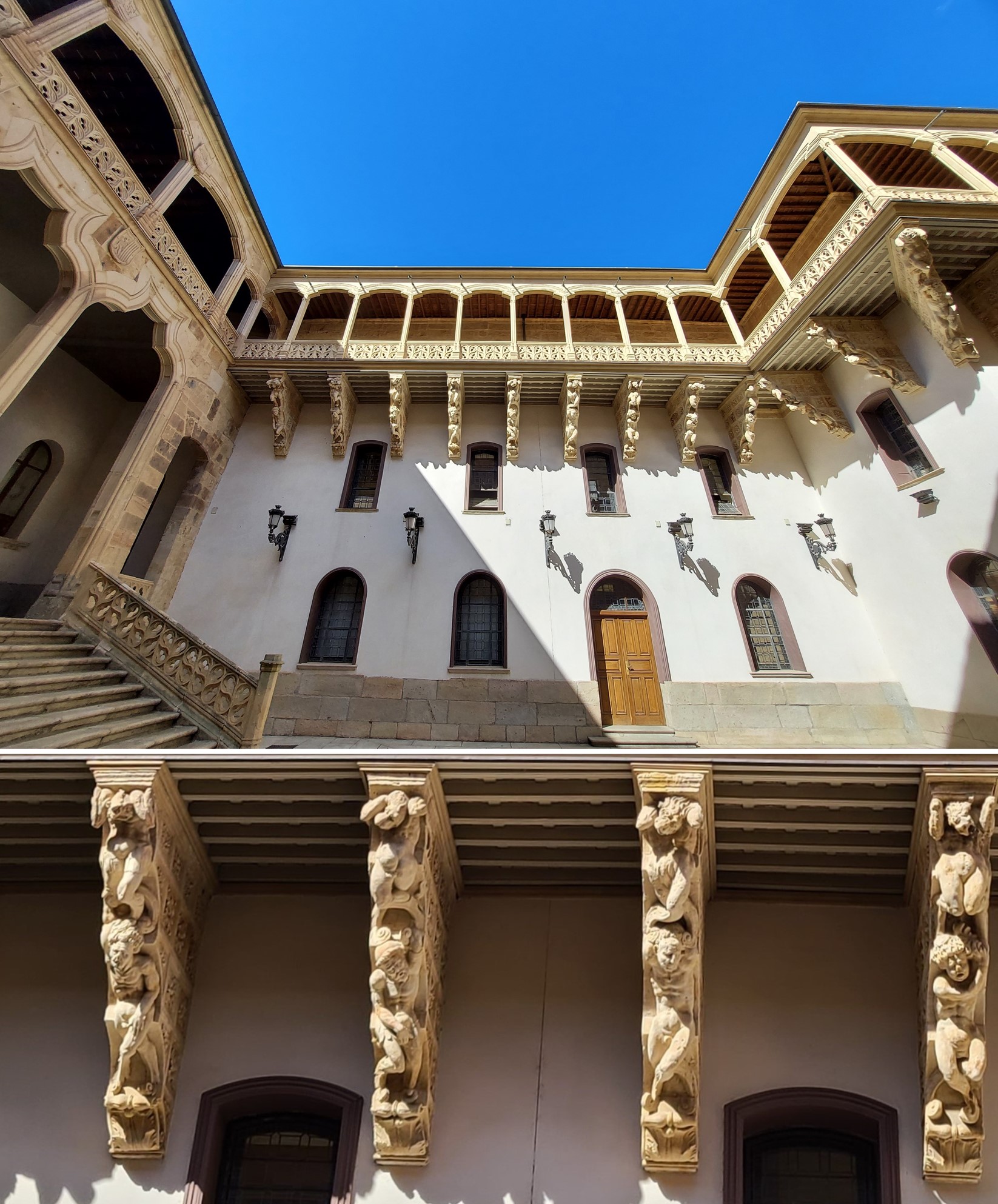
Around these figures, there is a very famous legend that tries to explain the reason for these figures. Although as it usually happens with legends, it was not true. It is said that Archbishop Alonso de Fonseca, who was a powerful and influential person of the time, traveled to Salamanca to a diocesan council and asked the noble families of the city to welcome him into their homes. They refused because the Archbishop was accompanied by his mistress, Juana Pimentel. According to the story, Alonso de Fonseca became so angry that, to take revenge, he had the Palace built and decorated it with grotesque figures representing the nobles who refused to lodge him. Although it is true that Archbishop Fonseca had a mistress named Juana Pimentel, it was not he who ordered the construction of the “Palacio de la Salina”. The legend is possibly due to the great resemblance of the names between the real owner of the palace and the clergyman.
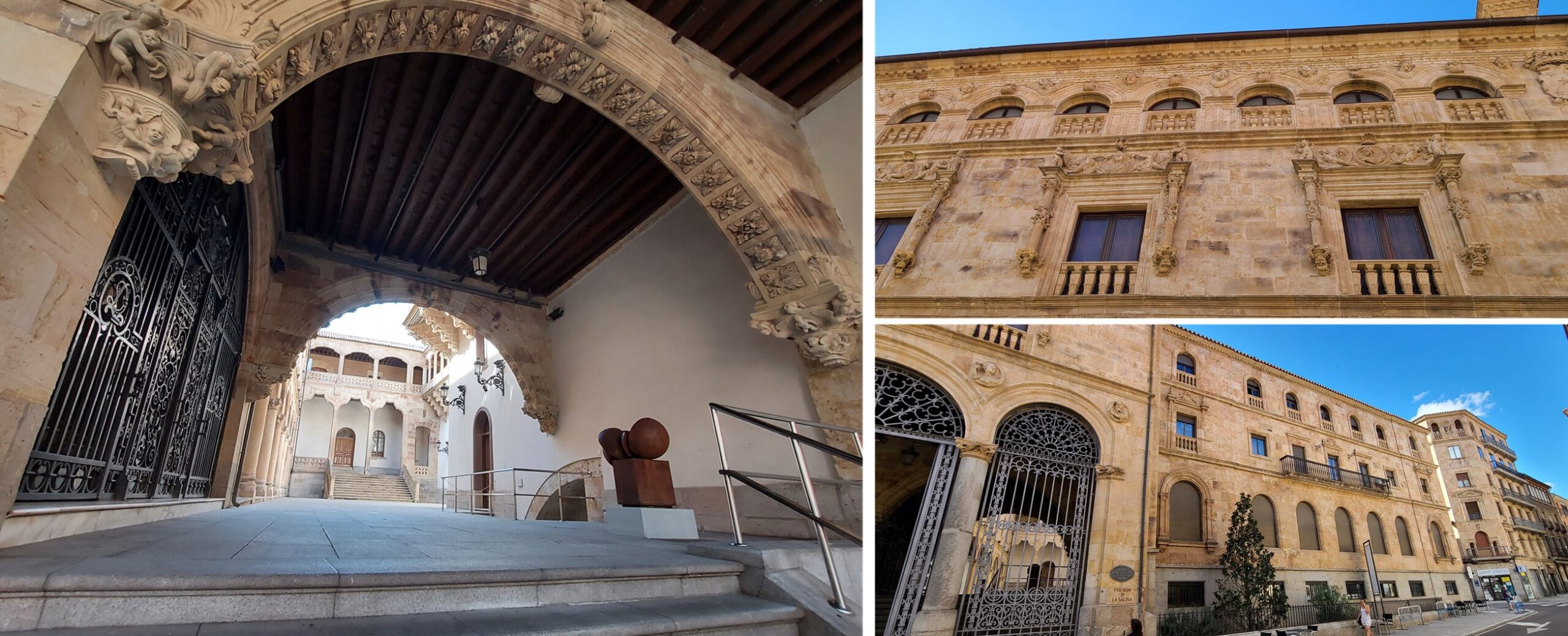
Since 1884 it has been the seat of the Provincial Council.
Resources:
– https://www.turismocastillayleon.com/es/arte-cultura-patrimonio/monumentos/palacios/palacio-salina-fonseca
– https://www.versalamanca.com/salina.html
– https://es.wikipedia.org/wiki/Palacio_de_la_Salina

